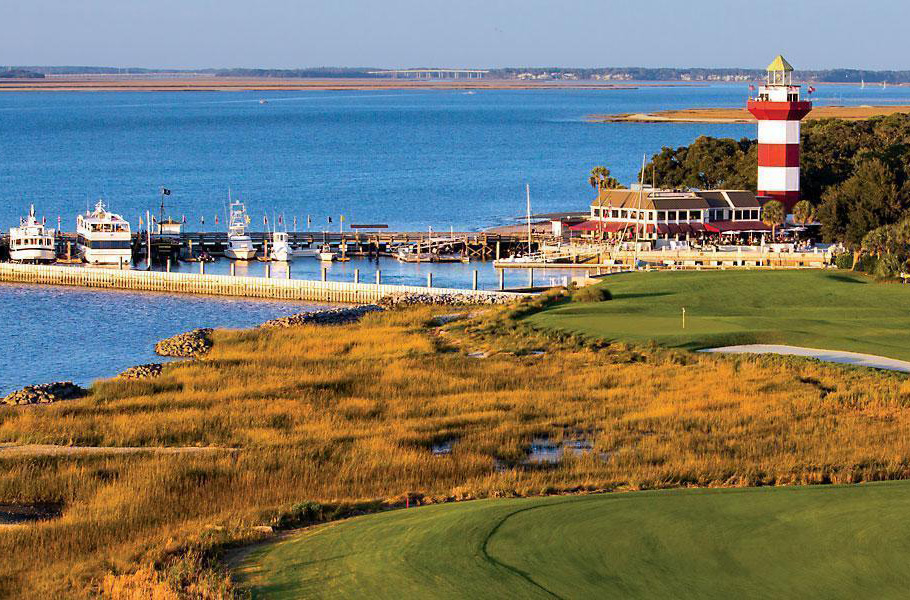The talk of the PGA Tour these days is the other tours. There’s Greg Norman’s LIV Golf Investments, which is pumping $200 million into the Asian Tour and made a splash by announcing they’ve enticed a few dozen of the world’s best to play a tournament in Saudi Arabia. There’s also the Premier Golf League, which hopes to incorporate an F1-like team aspect into the top level of professional golf. Opinions on the matter are varied. There are those, like Phil Mickelson and Rickie Fowler, who have made eye-raising comments that suggest they’re open to the challengers. There are others, like Tiger Woods, who’ve thrown their full support behind the PGA Tour.
Woods is joined in the pro-Ponte Vedra camp by Rory McIlroy, who is currently the chairman of the Player Advisory Council. He has, time and time again, said he’s happy on the PGA Tour and wants to focus his efforts on improving the product. Still, the World No. 8 would take issue with the PGA Tour refusing to let players enter whatever tournaments they please. Players are serious about their independence; they do not work for the PGA Tour, and they are keen to maximize the labor dynamic to their advantage.
It’s a hot-button issue that seems to be rolling toward an inevitable (and perhaps legal) reckoning, for the PGA Tour has indicated it will not issue players—which include Mickelson, Bryson DeChambeau, Dustin Johnson and Xander Schauffele—the release they’ll need to play in the Saudi International, which will take place on Feb. 3-6, the same week as the PGA Tour’s AT&T Pebble Beach Pro-Am. Any time a player seeks to enter an event outside his “home circuit,” he must secure a conflicting event release. It’s normally not a huge issue—Americans play European Tour events frequently—but given Norman and LIV Golf Investment’s lofty goals, the PGA Tour has indicated a firm stance against them.
“We’re independent contractors, and we should be able to play where we want to play,” McIlroy said Wednesday ahead of the Hero World Challenge. Get used to hearing that phrase: independent contractors. It’s going to be dissected with forensic intensity in the coming months.
“So in my opinion I think the tour should grant releases. It’s an Asian Tour event, it’s an event that has OWGR rankings, I don’t see any reason why they wouldn’t. I do see reasons why they wouldn’t grant releases, but I think if they’re trying to do what’s best for their members and their members are going to a place other than the PGA Tour and being able to earn that money … we’re independent contractors and I feel like we should be able to do that if that’s what our personal choice is. My personal choice is not to do that, but obviously a lot of players are doing that, and I think it’s fair to let them do that.”
The PGA Tour has until 30 days before an event’s first round to make a decision on releases, so it’s still not clear how it will handle the Saudi situation. The penalty for playing in a non-PGA Tour event without a release will likely be a fine, which could well be dwarfed by the appearance fees the players committed to the Saudi event will receive.
Xander Schauffele, the World No. 4, is one of the marquee players signed up to make the trip—and, predictably, he said he would have a problem with the tour taking a blanket you-can’t-play-there view.
“I feel it’s very absolute,” Schauffle said. “I feel like there just needs to be some sort of counter in the way certain things work. I’ll try and do what I need to do, and they’ll tell me what I can and can’t do at a certain point, but I feel like they need to counter. They can’t just tell me no, you can’t do this and then just kick rocks, kid. That’s not really how I’d want to do things.”
Again, players have varying opinions on the prospect of playing on another tour. But, at least judging by the 20-man sample assembled in the Bahamas this week, they seem unified in two beliefs: They should be able to play where they want, and they’ll go wherever the best are.
“I need to play against the best in order to be the best and wherever that is, is where I will go,” Schauffele said. “Right now, the PGA Tour has the best players in the world, so I’m playing on the PGA Tour. It’s pretty simple.”
This article originally appeared on Golf Digest.




